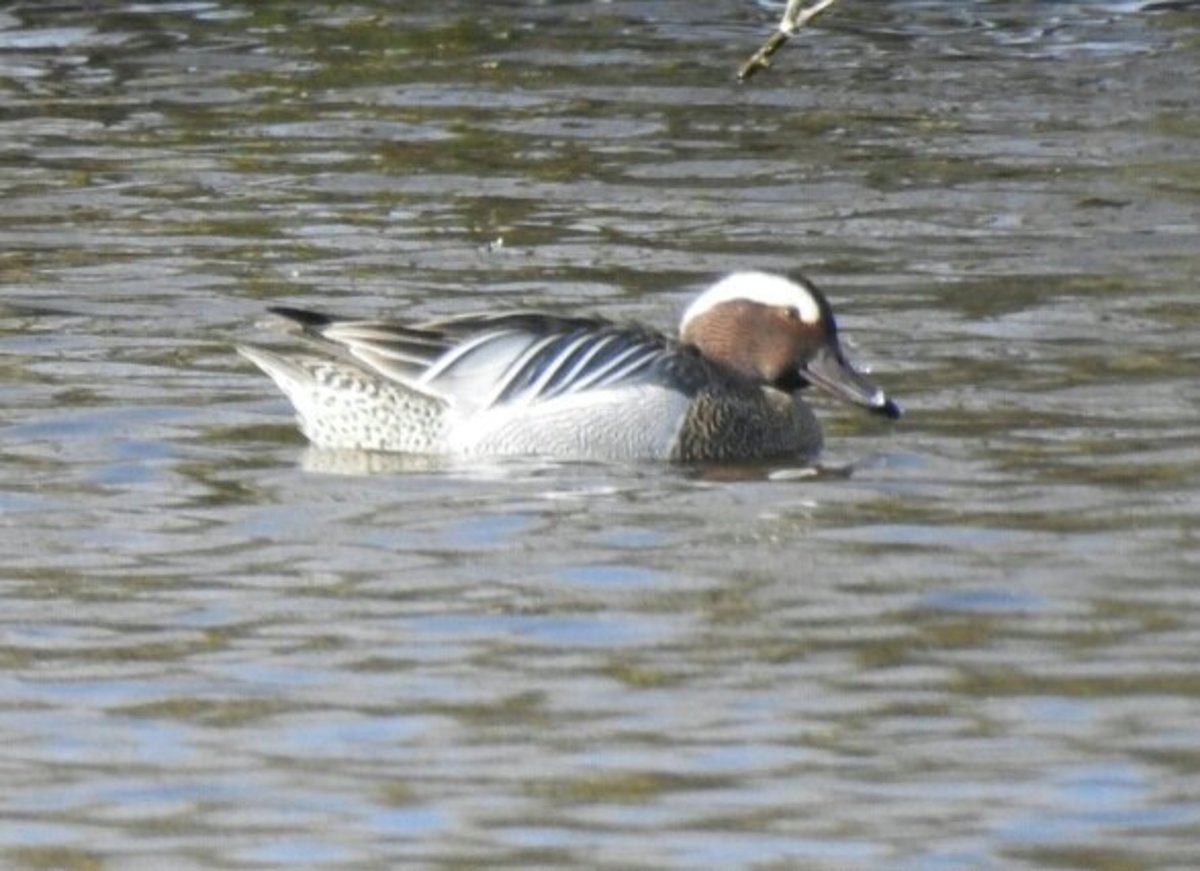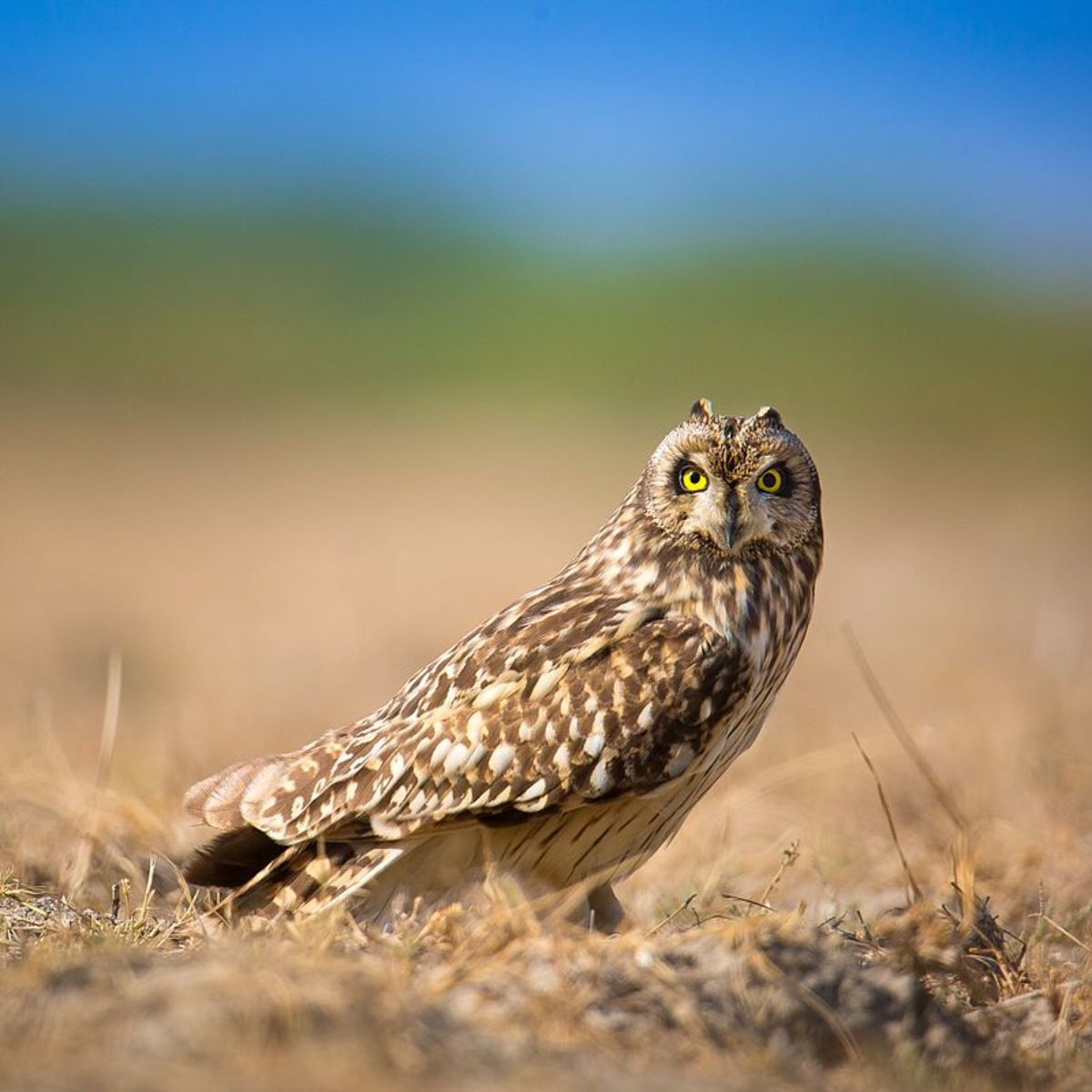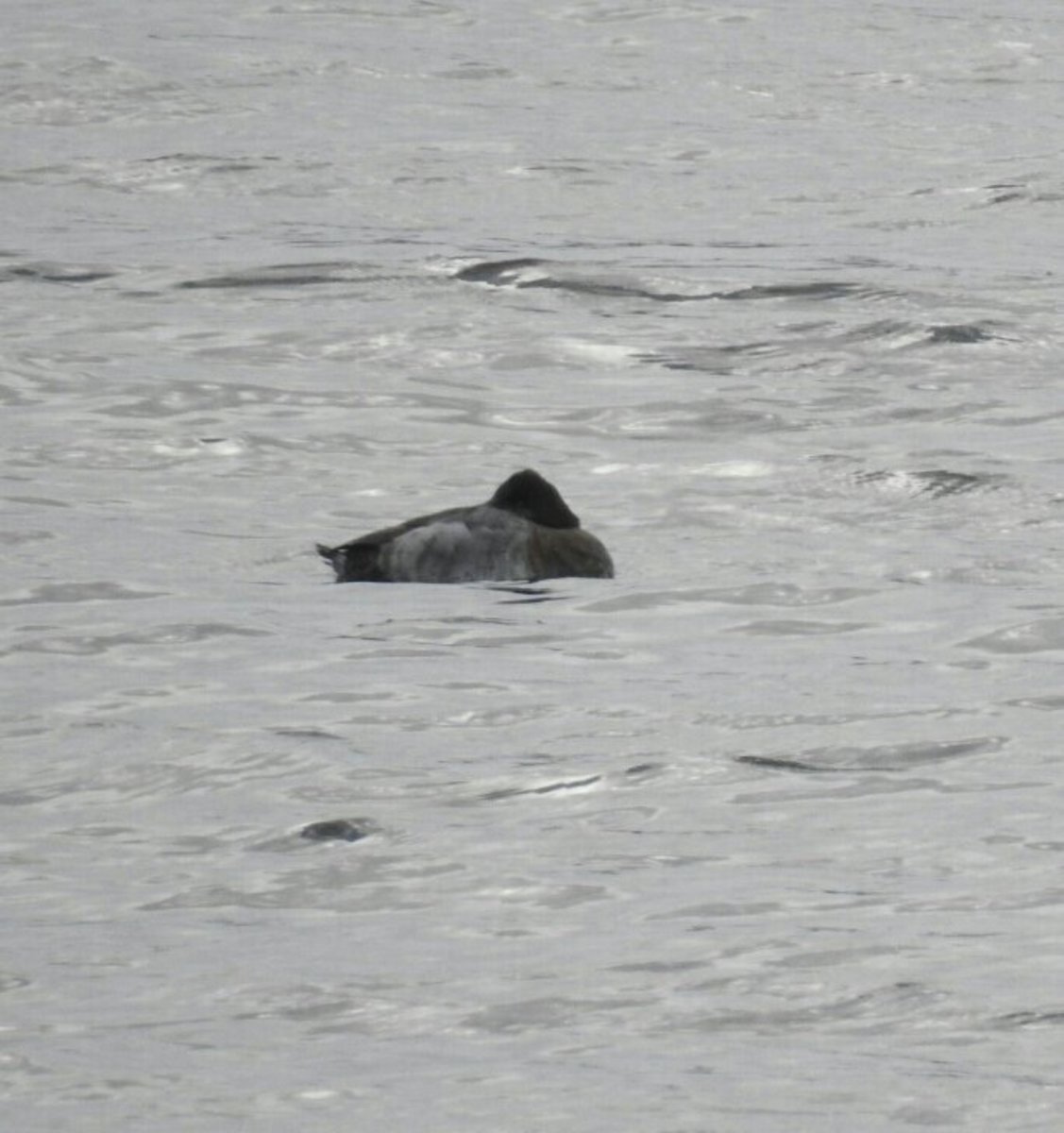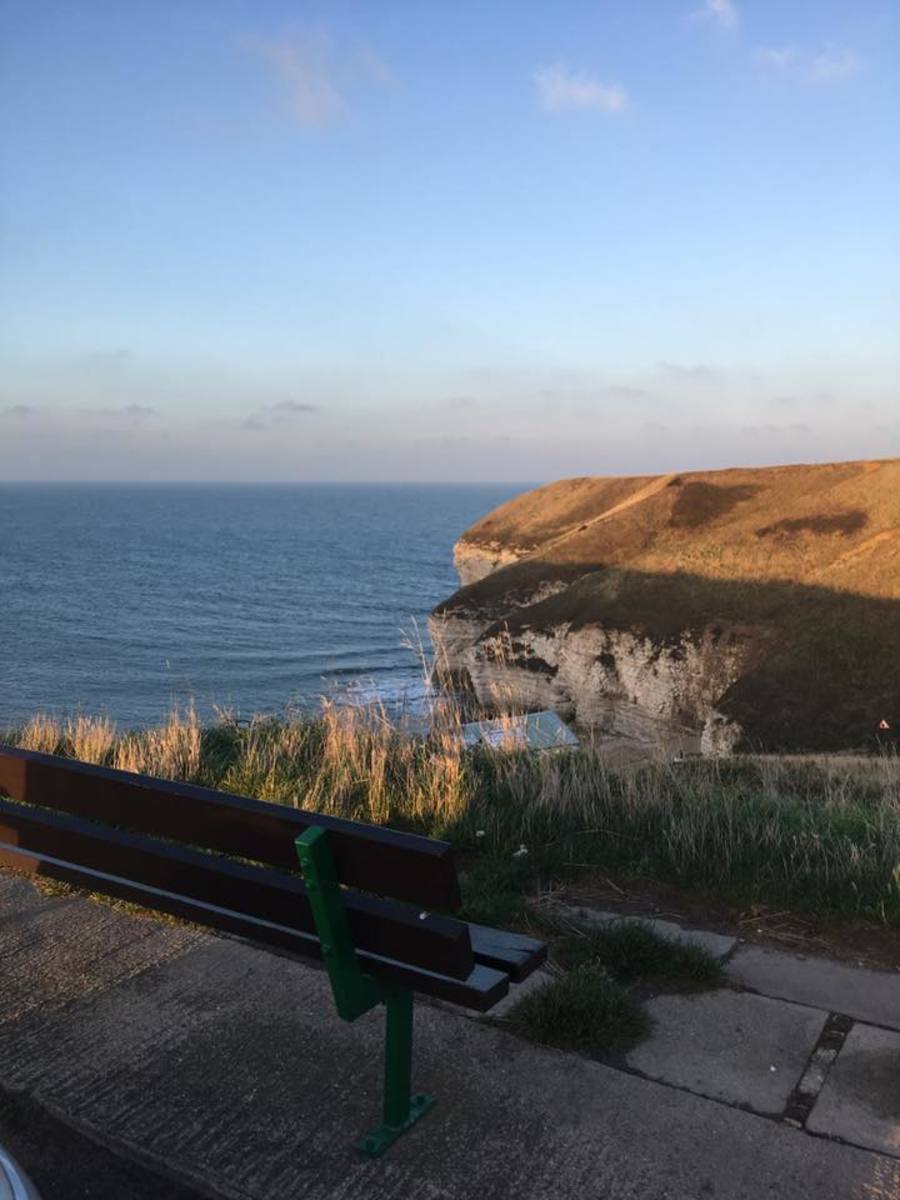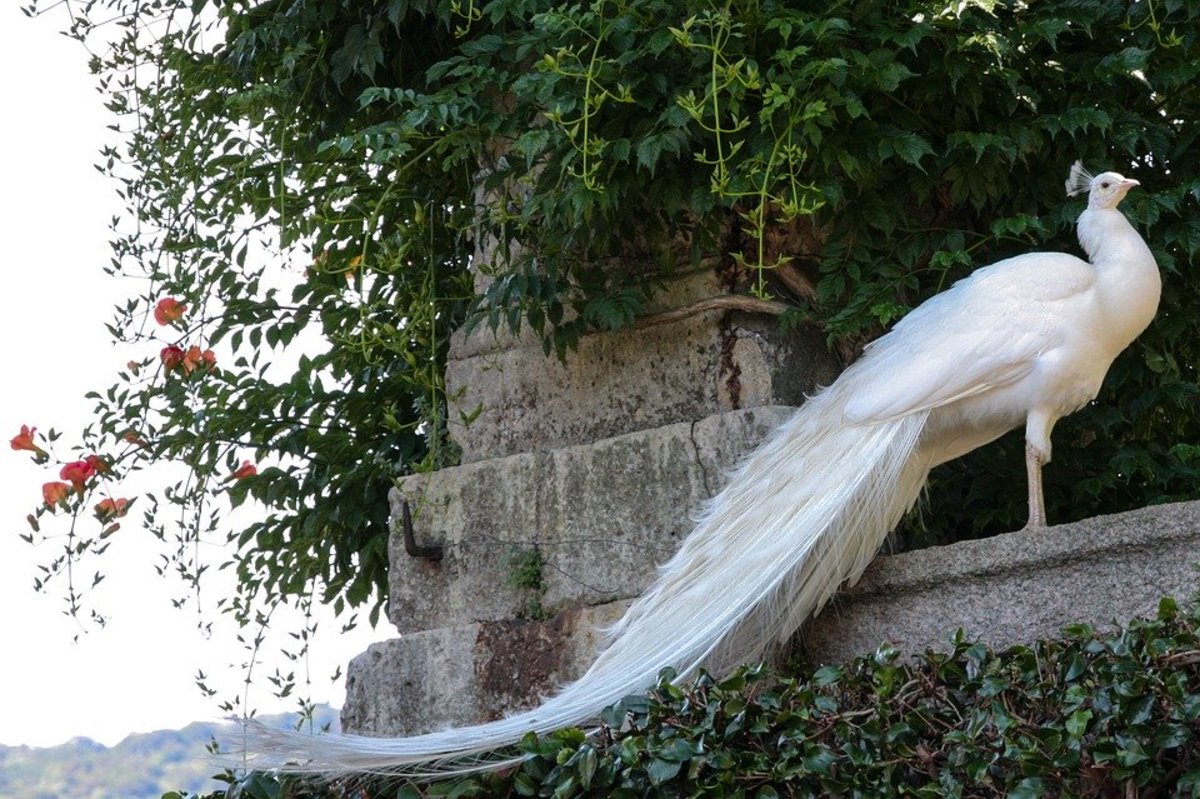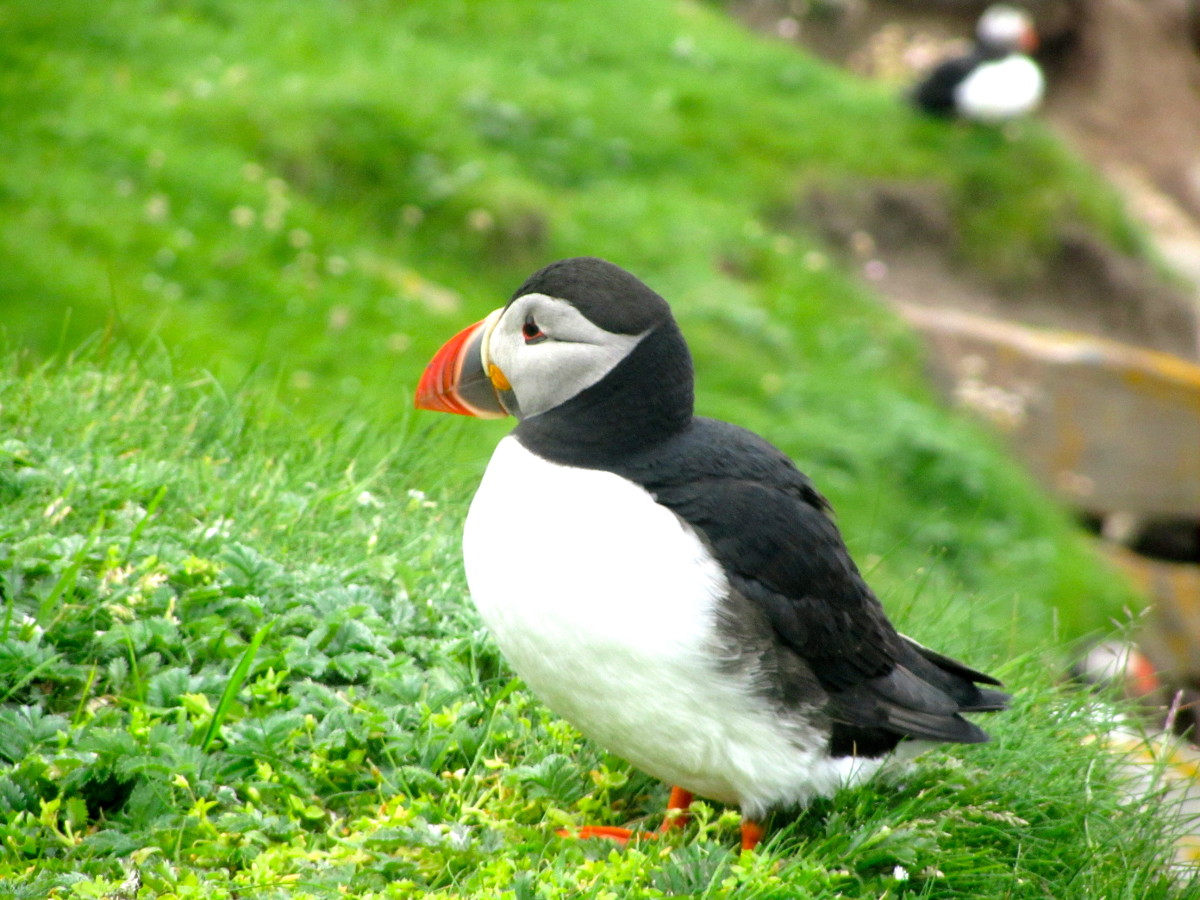Rarity Alert: Grey Phalarope at Napton Reservoir, Warwickshire 21/09/2018
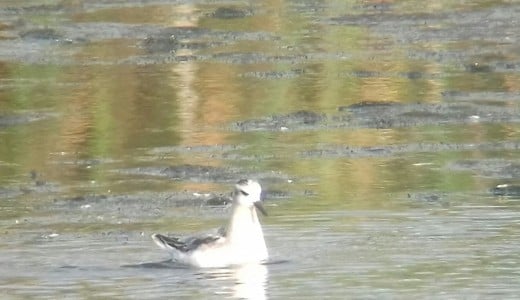
Winding Down
Admittedly when I woke up on the morning of Friday 21st September 2018, the prospect of seeing a Grey (Red) Phalarope was actually quite far from my mind. Instead, my feelings were of relief through having the day off from work and excitement for what lay ahead- an autumn trip to the birding paradise that is Norfolk. I had originally intended to have quiet day, where the only birding I would do would be from the garden. I set aside a few hours, where I hopefully would add something rare to my garden list.
As I took my seat and directed my gaze upwards I already had visions of huge flocks of Pink-footed Geese streaming nosily overhead. Whilst the Geese weren't forthcoming, I was pleased to log an impressive 25 Barn Swallows, 2 Common Ravens and a Meadow Pipit. Then, after an hour or so, by which time I had tried and failed miserably to turn a European Robin into a much sought after Eurasian Bullfinch, I heard a fine 'psit' call from above my head. In my head, I had already identified the call as being from a Wagtail species, but it didn't sound either like a Pied (White) Wagtail or Grey Wagtail, both of which I'm very familiar with. After a brief pause, I heard it again, and sure enough I saw them, two little but wonderful yellow flecks pass over my garden. As they did, I couldn't help but murmur the name out loud, Yellow Wagtail.
In a flash they had gone, but that quick yellow flash had brought me a now rare new addition to my garden list. Yellow Wagtails migrate to Britain in the spring, like many other species to breed and return to Continental Europe in the Autumn, so now, is the time to catch them as they travel south across the UK. For me, it was my 71st species for the garden in just over 20 years of watching.
A Look At Napton Reservoir
A Trip To Napton
With the Yellow Wagtail now safely on the garden list, I decided that I had had my fill of garden birding for one day. Throughout the morning, I, of course had been checking bird reports religiously as I always do, and the appearance of a Grey (Red) Phalarope at a place called Charlecote Park near Stratford Upon Avon left me agonising about whether or not to take a trip there in the afternoon. It would be a fantastic addition to the year list and normally, I wouldn't hesitate over such things, but Charlecote Park is owned and managed by the National Trust, and not being a member, I would have had to pay an admission fee, which I wasn't willing to do. However, my bacon and my wallet would be saved by a report of not just one, but two Grey Phalaropes from Napton Reservoir in a sleepy part of South Warwickshire.
Napton Reservoir is essentially a body of water that acts a feeder for both The Grand Union and Oxford Canals, which meet just north of the nearby village of Napton-on-the-Hill. Its only a fairly small reservoir, but it's a real gem of a place, and for me its the only place outside of Norfolk where I have been lucky enough to see a Bearded Tit (Reedling). After a spot of lunch, myself, my girlfriend Paula and our two dogs all piled into her Renault Kangoo and set off for the 50 mile round trip.
25 miles there and 25 miles back, may sound considerable to some, but its amazing how quickly the time passes. The route was fairly straight forward, simply exiting my road, getting onto the A45 (Coventry Road) and following it all the way to the village of Dunchurch, near the famous town of Rugby. From there we turned right down the A426, and passed by a much larger reservoir known as Draycote Water, and then followed the signs for Napton. The reservoir itself isn't sign posted, instead you have to follow signs for somewhere called Calcutt Marina, a boatyard where people can either hire barges or simply moor up for a night or two. Just before we got to the entrance gates of the Marina, we turned right down a single track road where a rather battered and bruised sign informed us that we were heading towards Napton Reservoir. After only a couple of hundred yards, we came to a small car park that lay at the base of a steep embankment, beyond which, lay the reservoir itself.
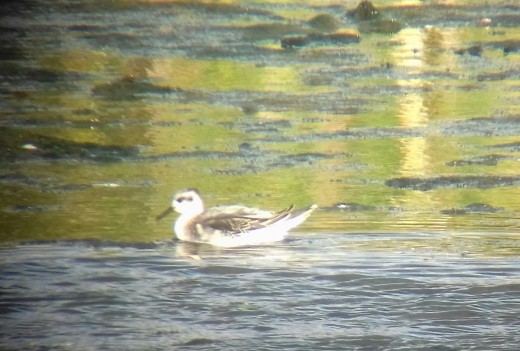
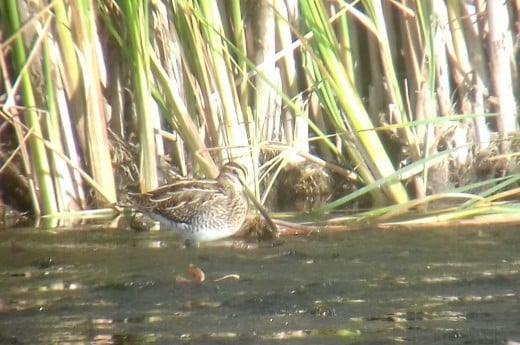
Two For The Price Of One
After climbing the embankment, I couldn't help but smile as I refamiliarised myself with the place. Paula loves anywhere water related, so the sight of not only the reservoir, the adjacent canal and the barges sat on it led her to ask why I hadn’t brought here before? All I could do was smile and shrug my shoulders. Napton Reservoir, similarly to Earlswood is split down the middle by a causeway, which in this case leads to the canal. The Northern Pool, to the left is fairly small, and on the day held little more than a few Mallards and Black-headed Gulls. The Southern Pool, was more than double the size and contained a sizeable reedbed. Moreover, in parts the water levels had dropped and thus created areas of mud that were tantalizing for any passing wader.
We met two other birders who informed us that both Grey Phalaropes were showing very well right over in the far corner of the Southern Pool. They pointed out a chap with a huge camera lens standing on the bank, and basically just told us to head for him, so we duly obliged.
Both birds were feeding frenetically, although one of the birds periodically ceased feeding for a while and began bathing equally as relentlessly as it had been feeding, before switching back to the former activity again. Setting up my scope, I could see that both birds were youngsters and in their first winter plumage. Their full grey winter plumage had yet to emerge and both birds possessed a light apricot buff on their necks and parts of their breast. These birds will moult into a full grey winter plumage rather quickly before acquiring their spectacular red breeding plumage next spring, when hopefully they'll both be back in the Arctic. Interestingly in both this species and the closely related Red-necked Phalarope the sexual roles are reversed. The females are the ones with the brightly colored plumage, the ones who initiate courtship through display and so on, whilst the males do the bulk of incubation. The true identity of the genders only becomes apparent when mating takes place.
Admittedly the rest of the bird life at Napton was largely overlooked in favour of admiring not one, but two Grey Phalaropes, the most I'd seen anywhere. Although I did briefly turn my attention away from those gorgeous Arctic travellers to admire 4 Common Snipes that were probing the mud close by with their long bills. I checked each one a couple of times just to make sure that they were indeed Common Snipes, as the memory of Whitemoor Haye during the West Midlands All Day Bird Race was still fresh. Each one was indeed a Common Snipe thankfully.
It had been a good day, and one of those delightfully easy twitches where the birds were easy to locate and showing extremely well. If only all twitches were as easy as that. Still, as we drove home, I felt happy with another addition to the year list, and as I gazed at the setting sun, I couldn't help but dream of the Norfolk adventures to come.
© 2018 James Kenny

